Tiago S. Nazare
Are pre-trained CNNs good feature extractors for anomaly detection in surveillance videos?
Nov 20, 2018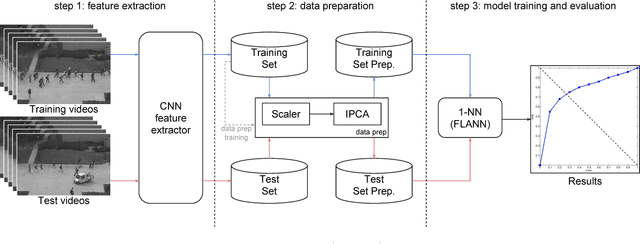
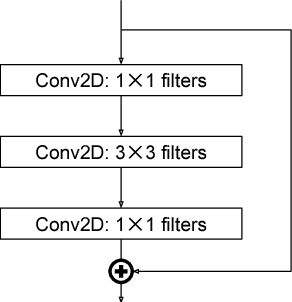
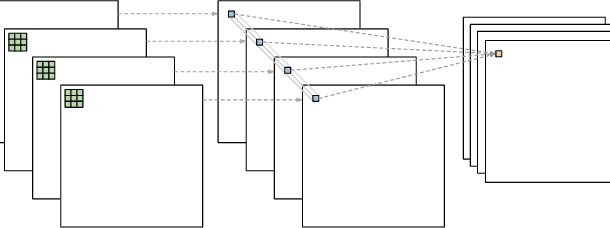
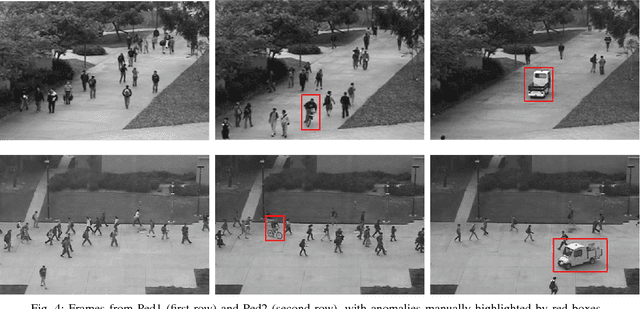
Abstract:Recently, several techniques have been explored to detect unusual behaviour in surveillance videos. Nevertheless, few studies leverage features from pre-trained CNNs and none of then present a comparison of features generate by different models. Motivated by this gap, we compare features extracted by four state-of-the-art image classification networks as a way of describing patches from security video frames. We carry out experiments on the Ped1 and Ped2 datasets and analyze the usage of different feature normalization techniques. Our results indicate that choosing the appropriate normalization is crucial to improve the anomaly detection performance when working with CNN features. Also, in the Ped2 dataset our approach was able to obtain results comparable to the ones of several state-of-the-art methods. Lastly, as our method only considers the appearance of each frame, we believe that it can be combined with approaches that focus on motion patterns to further improve performance.
An empirical study on the effects of different types of noise in image classification tasks
Sep 09, 2016
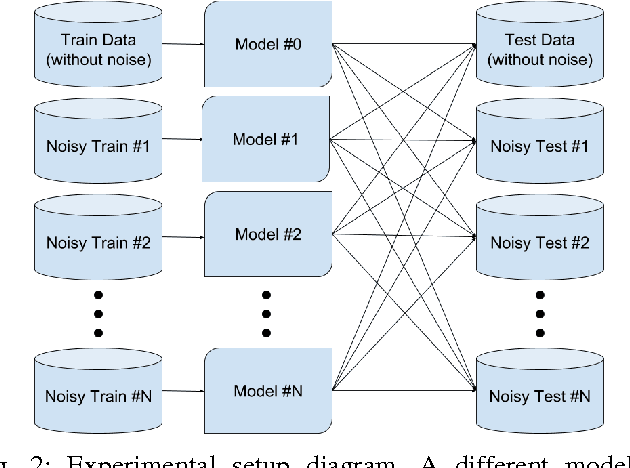
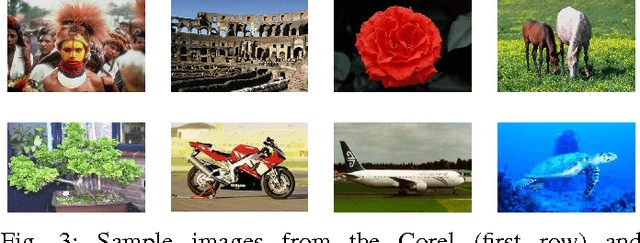

Abstract:Image classification is one of the main research problems in computer vision and machine learning. Since in most real-world image classification applications there is no control over how the images are captured, it is necessary to consider the possibility that these images might be affected by noise (e.g. sensor noise in a low-quality surveillance camera). In this paper we analyse the impact of three different types of noise on descriptors extracted by two widely used feature extraction methods (LBP and HOG) and how denoising the images can help to mitigate this problem. We carry out experiments on two different datasets and consider several types of noise, noise levels, and denoising methods. Our results show that noise can hinder classification performance considerably and make classes harder to separate. Although denoising methods were not able to reach the same performance of the noise-free scenario, they improved classification results for noisy data.
 Add to Chrome
Add to Chrome Add to Firefox
Add to Firefox Add to Edge
Add to Edge